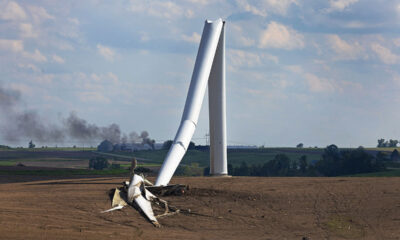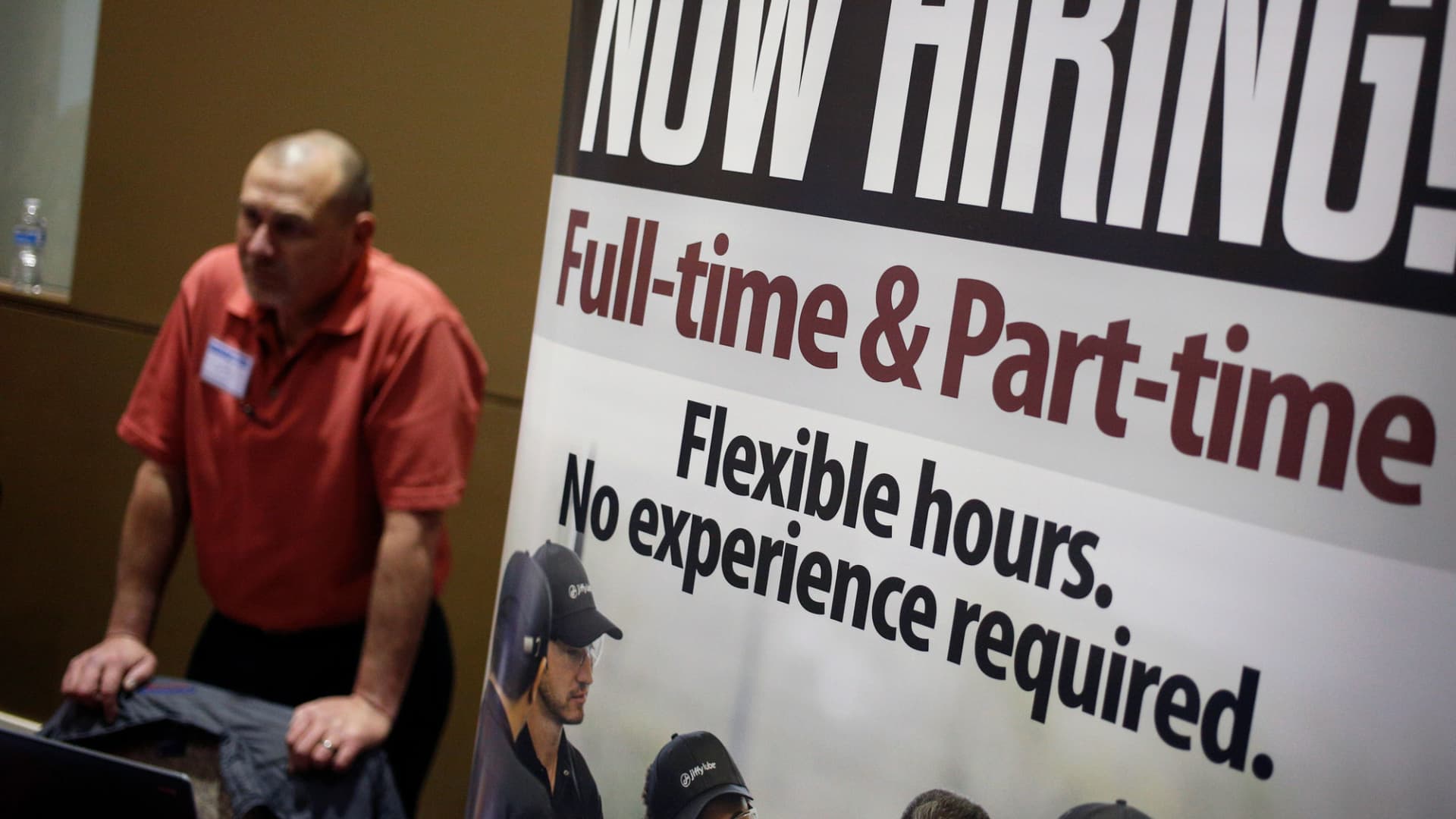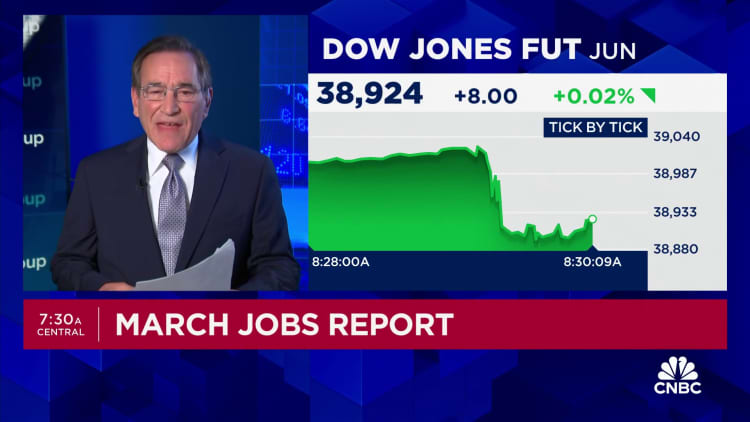Growth came from many of the usual sectors that have powered gains in recent months. Health care led with 72,000, followed by government (71,000), leisure and hospitality (49,000), and construction (39,000). Retail trade contributed 18,000 while the “other services” category added 16,000.
The February revision was just 5,000 lower while the January revision brought that total up by 27,000 to 256,000, still well below the initial estimate of 353,000.
“This is another really strong report,” said Lauren Goodwin, economist and chief market strategist at New York Life Investments. “This report and the February report showed some broadening in terms of job creation, which is a very good sign.”
Despite the move lower in the broader unemployment level, the rate for Black people surged to 6.4%, a gain of 0.8 percentage point, tying the highest level since August 2022. Rates for Asians and Hispanics both fell sharply to 2.5% and 4.5%, respectively.
A string of positive gains has kept unemployment below 4% since January 2022, though there have been some signs of cracks. For instance the level of household employment had grown only modestly over the past year, while temporary employment has declined sharply.
However, the household survey, which is used to calculate the unemployment rate, posted an even more robust gain in March, up 498,000, more than absorbing the 469,000 increase in the civilian labor force level.
Gains tilted heavily to part-time workers in the household survey. Full-time workers fell by 6,000, while part-timers increased by 691,000. Multiple job holders rose by 217,000, to 5.2% of the total employment level.
Markets have been keeping close watch over the employment data particularly as the Federal Reserve weighs its next moves on monetary policy. Stocks have tumbled this week amid concerns that a strong labor market and resilient economy could keep the central bank on hold for longer than expected.
Stock market futures rose following the report while Treasury yields also added to gains.
The Fed is looking to guide inflation back down to 2% annually, a goal that has proven elusive even as the rate of price gains has decelerated from its peak in mid-2022. Most measures have inflation running above 3%, though the Fed’s preferred gauge is below that level.
Market pricing is pointing toward the first interest rate cut coming in June, though several Fed officials, including Chair Jerome Powell, this week indicated they prefer to take a cautious data-dependent approach. The BLS on Wednesday is scheduled to release its consumer price index reading for March.
Correction: The unemployment rate edged lower to 3.8%. An earlier version misstated the move.

 Accounting1 week ago
Accounting1 week ago
 Economics1 week ago
Economics1 week ago
 Personal Finance1 week ago
Personal Finance1 week ago
 Accounting1 week ago
Accounting1 week ago
 Finance1 week ago
Finance1 week ago
 Economics1 week ago
Economics1 week ago
 Economics1 week ago
Economics1 week ago
 Economics1 week ago
Economics1 week ago























